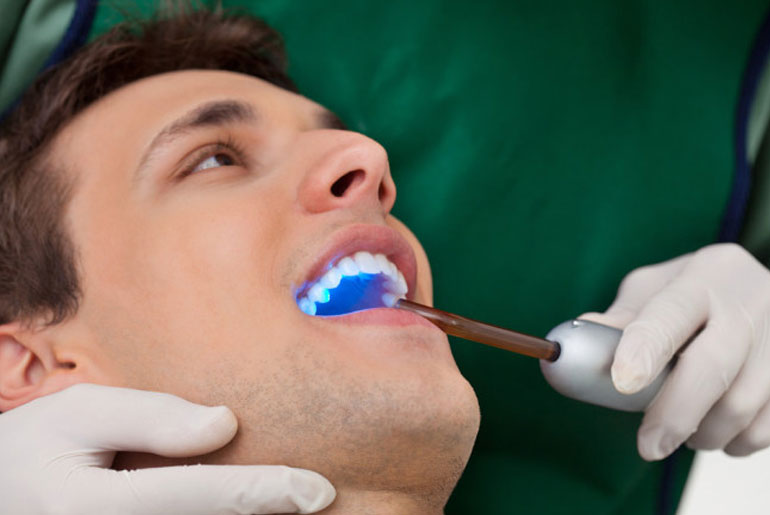A multinational study has revealed a strong connection between dental health and survival rates among individuals with head and neck cancer. Researchers from UNC Lineberger Comprehensive Cancer Center, UNC Adams School of Dentistry, and Moffitt Cancer Center collaborated with the International Head and Neck Cancer Epidemiology (INHANCE) consortium to conduct this significant research, published on September 19, 2023, in the Journal of the National Cancer Institute. The study involved an extensive analysis of data from approximately 2,500 patients across eight countries.
Head and neck cancer patients were asked to provide self-reported information about their oral health and hygiene practices, including gum bleeding, tooth brushing frequency, mouthwash use, the number of natural teeth, and the frequency of dental visits in the ten years leading up to their cancer diagnosis.
One of the key findings of the study is that individuals who had more frequent dental visits (more than five visits in a reported decade) had notably higher overall survival rates at both five and ten years (74% and 60%, respectively) compared to those with no dental visits (54% at five years and 32% at ten years). This effect was particularly pronounced among people with oropharyngeal cancers, which affect structures in the back of the throat, such as the base of the tongue, tonsils, and soft palate.
Furthermore, the study found that individuals with no natural remaining teeth experienced a 15% lower five-year overall survival rate compared to those with more than 20 natural teeth. However, survival differences of less than 5%, which were not statistically significant, were observed for patient-reported gum bleeding, tooth brushing, and mouthwash use.
Despite advances in treatment, head and neck squamous cell carcinoma (HNSCC) remains the sixth most common malignancy worldwide, accounting for about 4% of all cancers in the United States. The primary environmental risk factor for this type of cancer is tobacco use, with alcohol consumption and human papillomavirus (HPV) infection also increasing the risk.
The study built upon previous research conducted by the Carolina Head and Neck Cancer Epidemiology (CHANCE) study in North Carolina. This new report represents a larger-scale effort that takes into account geographic variability and includes more comprehensive data on oral health variables.
The study’s significance lies in its potential to inform guidelines for the prevention and management of head and neck squamous cell carcinomas in the future. Dr. Carole Fakhry, a prominent expert in the field from Johns Hopkins School of Medicine, who was not directly involved in the research, commended the findings. She noted that this study emphasizes the important relationship between oral health and the survival of individuals with head and neck squamous cell carcinoma. It also suggests opportunities for further research into cancer prevention.
Disclaimer:
The information contained in this article is for educational and informational purposes only and is not intended as a health advice. We would ask you to consult a qualified professional or medical expert to gain additional knowledge before you choose to consume any product or perform any exercise.







